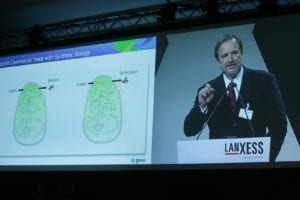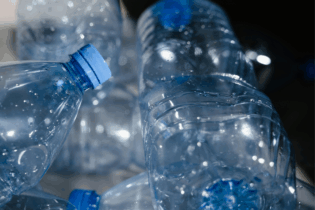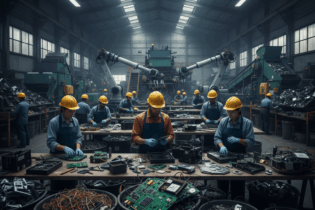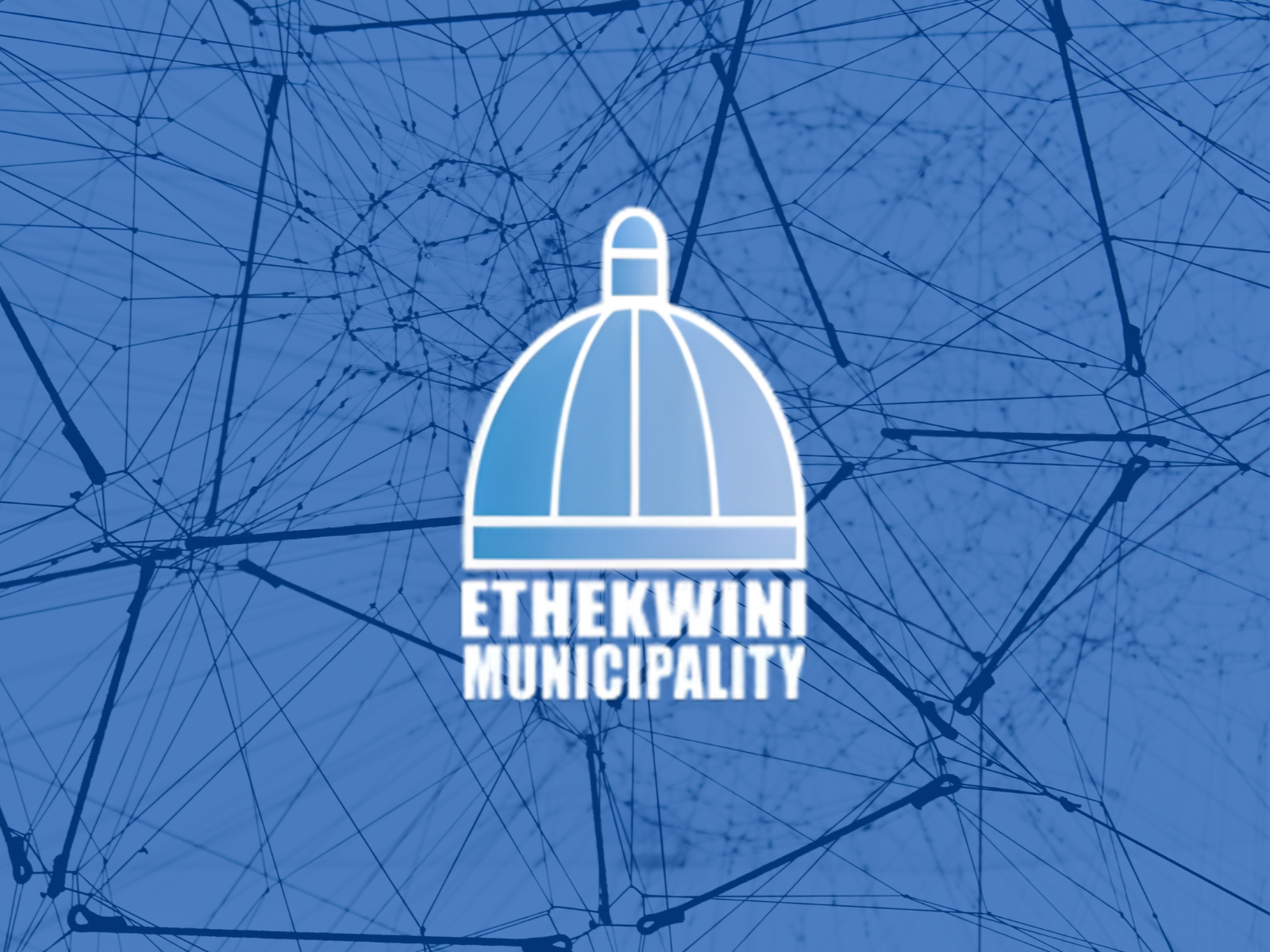“If we could switch the tyres on the world’s cars overnight to the best materials that are currently available, this alone would save up to 20 billion litres of fuel annually, reducing CO₂ emissions by 50 million metric tons a year.” Dr Axel Heitman, Lanxess chairman, at the company’s recent media day in Düsseldorf, Germany
At their recent media day in Düsseldorf, chemical specialist Lanxess announced a world first: the manufacture of bio-based EPDM rubber for tyres. Other victories for the environment include continued success in lowering rolling resistance in tyres, and new rubber additives that eliminate, for instance, the need for the heavy metal zinc. And when Dr Heitman says “the best materials currently available”, he knows what he’s talking about, thanks to groundbreaking research and development, his company is ensuring a greener future. The focus is on using sustainable raw materials (sugar cane, in a move away from fossil fuels) as well as on lowering the rolling resistance of tyres. In his introduction, he stressed the importance of ‘green’ tyres. Whereas today around 800 million cars and trucks are to be found on the roads of the world, this figure is set to increase to 3 billion by 2035. As developing countries become more populated and more affluent, more and more people will have their own cars. Businesses, too, continue to grow their fleets, and anyone that thought the boom in internet shopping would decrease traffic should just think about all the extra delivery vehicles zooting between warehouses and the suburbs nowadays. The message at the media day was clear: increasing mobility is a reality, and it is up to manufacturers to ensure this growth takes place in a sustainable, ecologically sound and socially acceptable way. The three RsPrompted by environmental concerns and new EU regulations, which call for tyres to be labelled clearly according to level of rolling resistance, Lanxess has put enormous effort into developing a synthetic rubber that offers lower rolling resistance simultaneous with good grip and longevity.
The concept of reducing rolling resistance comes down to the flexibility of the rubber. If the rubber is too flexible, it creates more movement in the tyre, which equals friction and of course friction makes for heat. Thus energy, in the form of heat, is lost through the tyres, instead of being used for forward propulsion. In fact, in regular, inefficient tyres, rolling resistance accounts for 20 to 30% of fuel use, which is an enormous waste – waste of an ever-scarcer resource, waste of money and waste of the environment, which is subjected to more carbon emissions than what it would have been with more efficient tyres. The experts have been hard at work in the field of rolling resistance for years, and Lanxess are confident they’re ready for the November 2012 roll-out of tyre labelling. The colour-coded labelling will alert customers to the eco-friendliness of their tyres at a glance. Though these higher-performance tyres will be more expensive (regardless of manufacturer), what we should be asking ourselves, according to head of technical rubber products Dr Günther Weymans, is not what the price is of these tyres, but what the value is of the protecting our planet. At the same time, Dr Patrick Gruber of US renewable chemicals and advanced biofuels company Gevo (a partner of Lanxess), pointed out that the isobutanol they produce from maize is cheaper than using fossil fuels.
On the front of additives, the new silica additive 9202 improves vulcanisation and stiffness while eliminating the need to add the heavy metal zinc, which is yet another boost for the environment. Another product, the hybrid crosslinker Vulcuren works as a stabiliser, thus contributing to lower rolling resistance in tyres. The Vulkalink group of products similarly cuts rolling resistance as well as improving wet grip.
Riding the sugar waveCertainly the biggest announcement of the day was the imminent production of EPDM (ethylene-propylene-diene monomer) from sugar cane-based ethylene – a world first! Production is set to be under way in Brazil by the end of this year. The big breakthrough here is that EPDM has, of course, always been extracted from petroleum-based raw materials ethylene and propylene, but here, for the first time, it is being made out of an entirely renewable resource. Maize, grain and sugar beet can all be used to this end, but sugar cane is far superior when it comes to reducing emissions. It offers, in fact, a 90% reduction compared to petroleum.
Production stands at 7 000ℓ of ethylene per hectare. “At the same time,” says Dr Günther Weymans, head of technical rubber products at Lanxess, “the decision in favour of sugar cane does not represent an excessive burden on Brazilian agriculture: less than 1% of the country’s total area and 1.5% of the area under cultivation is used to grow sugar cane.” The process involves dehydrating the ethanol that is derived from Brazilian sugar cane. Braskem SA, a Brazilian company, will supply the bio-based ethylene via pipeline to Lanxess’s plant in Triunfo, Brazil.
The eventual product will be known as Keltan Eco, and its uses will go beyond the tyre industry. Says Dr Weymans: “This is our response to an urgent call from you: To increase the eco-friendliness of rubber, not only in the rubber industry, but also for applications in the plastics processing industry, for cable producers and for the building industry.” Tests have shown Keltan Eco to be absolutely on par with conventional ethylene and, perhaps most importantly of all, takes us a step closer to becoming independent of oil. Sustainability acknowledged
With Lanxess, the word sustainability crops up regularly. And now, with the stamp of approval from the Dow Jones Sustainability Index World, it’s clear that this company has put its money where its mouth is. This is in recognition of feats such as lowering climate-related emissions (in Germany) by more than 80%.
All in all, synthetic rubber has come a long way since its discovery in Germany 102 years ago, from a more cost-effective alternative to natural rubber to an environmentally friendly, high-performance product based on natural raw materials. by Maya Fowler








